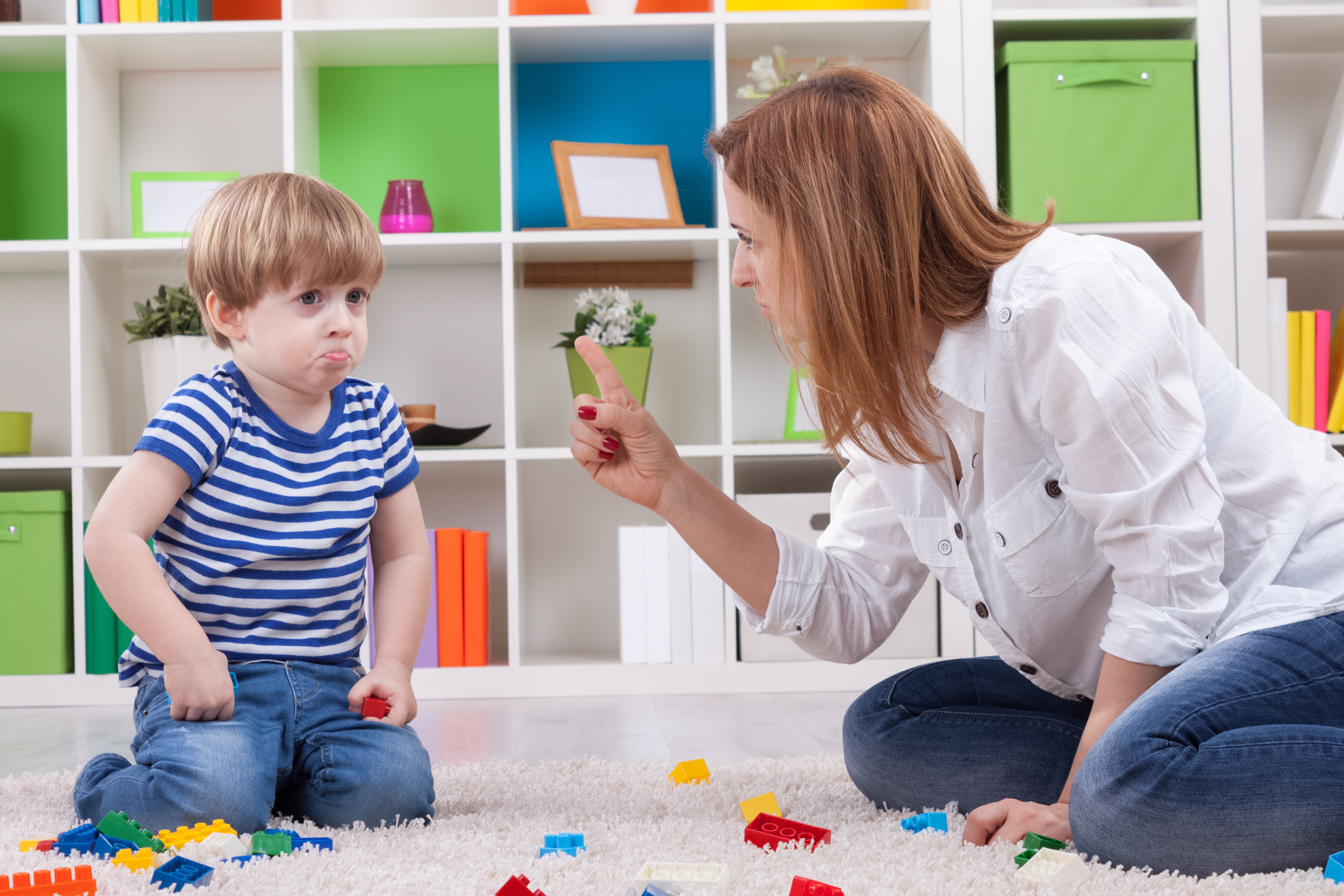Choosing a Sport for Your Child
Encouraging your children to play sports is one of the best things you can do. From making friends and building self-esteem to learning how to live an active lifestyle, sports provides children with many benefits. But how do you know which sport is best for your child?
Consider these when choosing a sport with your child:
-
Age:
Children are typically ready to start sports when they reach the age of five or six years old. But according to NimbleSport.Com, certain sports may be better for older children because they require more physical coordination, fine motor skills and cognitive development. For younger children, consider simpler sports that include running, swimming, tumbling, dancing, or catching.
-
Type of Sport:
Determine whether your child would rather participate in a team sport or individual sport. Writing in ActiveKids.com, childcare blogger Beth Swanson says the benefit of children playing team sports results in a sense of community and shared responsibility for outcome. Individual sports, such as running, swimming or golf can help cultivate a child’s independence and resilience. But that doesn’t mean they’ll be alone. Even sports that require individual performances require working with coaches and other athletes, such as on track teams where individual performances can affect a team outcome. Choosing between a team sport or individual sport will ultimately depend on your child’s athletic preference.
-
Schedule/time:
Keep in mind that some sports require more time commitment – for parents and children – than others. And while any extracurricular activity can put a burden on parent’s scarce time, making time is worth it because children see their parents taking an interest in something they’re working hard at.
“For young athletes, one of the most important impressions made is how their parents spend their time in support of their interests,” said Darren DeYoung, an accredited guest writer on Psych Central. “Rushing to a game or volunteering to operate the scoreboard takes effort, but it is worth it. These small acts create a lasting impression that communicates your support to children, not only in sports but in life.”
-
Cost:
Whether you encourage your child to play sports at in or outside of school, some sports will be more expensive than others. The cost for youth sports has skyrocketed in recent years. A 2016 survey by TD Ameritrade indicated that parents spend between $100 to $500 per month on children in sports. However, there are ways to reduce costs, such as sports equipment from used sporting goods stores.
-
Interest
Children are known to change their mind, so be aware of whether they’re still having fun. Dr. Kyle Pruett, a professor of psychiatry at Yale University, recently wrote on ESPN.com: ”It is essential for parents to communicate with their children about sports they’ve participated in. When parents listen to their kids, what they find is that the children who don’t like sports had some sort of a bad experience.”
At Carpe Diem:
At Carpe Diem, physical education is an integral part of our curriculum. We encourage our students to maintain an active lifestyle through proper nutrition and exercise. We also provide an after-school program where children can dedicate time to sports and free play in our indoor gym and outdoor playground.











